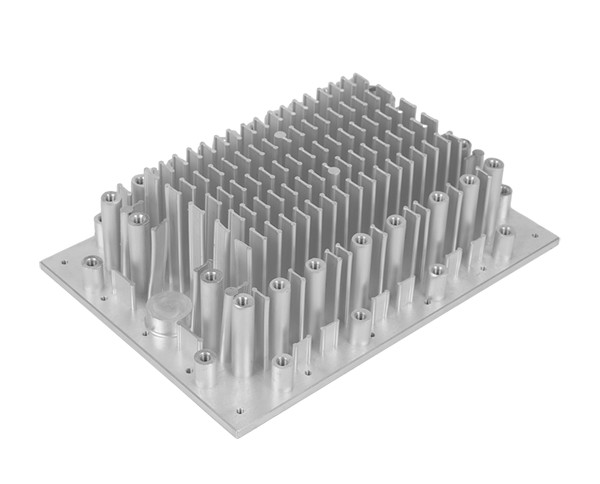2025-08-14 hits:0 source:News

The gate design in die casting is a critical factor that directly influences the quality, efficiency, and cost of the final product. Optimizing the gate design involves carefully selecting its type, size, location, and shape to ensure smooth metal flow, minimize defects, and enhance mold filling performance. A well-optimized gate can reduce porosity, shrinkage, and surface defects, while also improving the mechanical properties of the cast part.
One key aspect of gate design optimization is choosing the appropriate gate type based on the part’s geometry and material. Common types include edge gates, sprue gates, fan gates, and tab gates. For example, fan gates are ideal for large, flat parts as they distribute molten metal evenly across the mold cavity, reducing the risk of uneven filling and warpage. Edge gates, on the other hand, are suitable for small to medium-sized parts with simple geometries, offering precise control over metal flow.
The size of the gate is another critical parameter. A gate that is too small can cause excessive turbulence, leading to air entrapment and oxide formation. Conversely, an oversized gate may result in slow solidification, increased cycle times, and difficulty in removing the part from the mold. Engineers use computational fluid dynamics (CFD) simulations to determine the optimal gate size, considering factors such as molten metal velocity, viscosity, and mold cavity volume.
Gate location is also vital. The gate should be positioned to allow the molten metal to fill the mold cavity in a balanced manner, avoiding dead zones where air or gas can be trapped. It should also be placed to minimize the need for post-processing, such as trimming, by locating it in an area that is not visible or functional in the final part. For complex parts with multiple cavities, multiple gates may be used to ensure uniform filling, but this requires careful coordination to prevent overlapping flow fronts that can cause defects.
Shape optimization of the gate helps in reducing turbulence and improving flow characteristics. Tapered gates, for instance, gradually increase the cross-sectional area, allowing the molten metal to accelerate smoothly into the mold cavity. This reduces the formation of eddies and ensures a laminar flow, which is crucial for maintaining the integrity of the cast part.
In addition to these factors, the gate design must also consider the material being cast. For example, aluminum alloys, which are commonly used in die casting, have different flow properties compared to zinc or magnesium alloys, requiring adjustments in gate dimensions and location. High-temperature alloys may require larger gates to accommodate their higher viscosity, while more fluid alloys may need smaller gates to control flow velocity.
optimizing the die casting gate design is a multifaceted process that combines engineering expertise, simulation tools, and material science. By carefully considering the type, size, location, and shape of the gate, manufacturers can achieve high-quality cast parts with minimal defects, reduced production costs, and improved efficiency.
Read recommendations:
lf you have any questions or comments, you can leave us a message and we will reply to you as soon as possible
